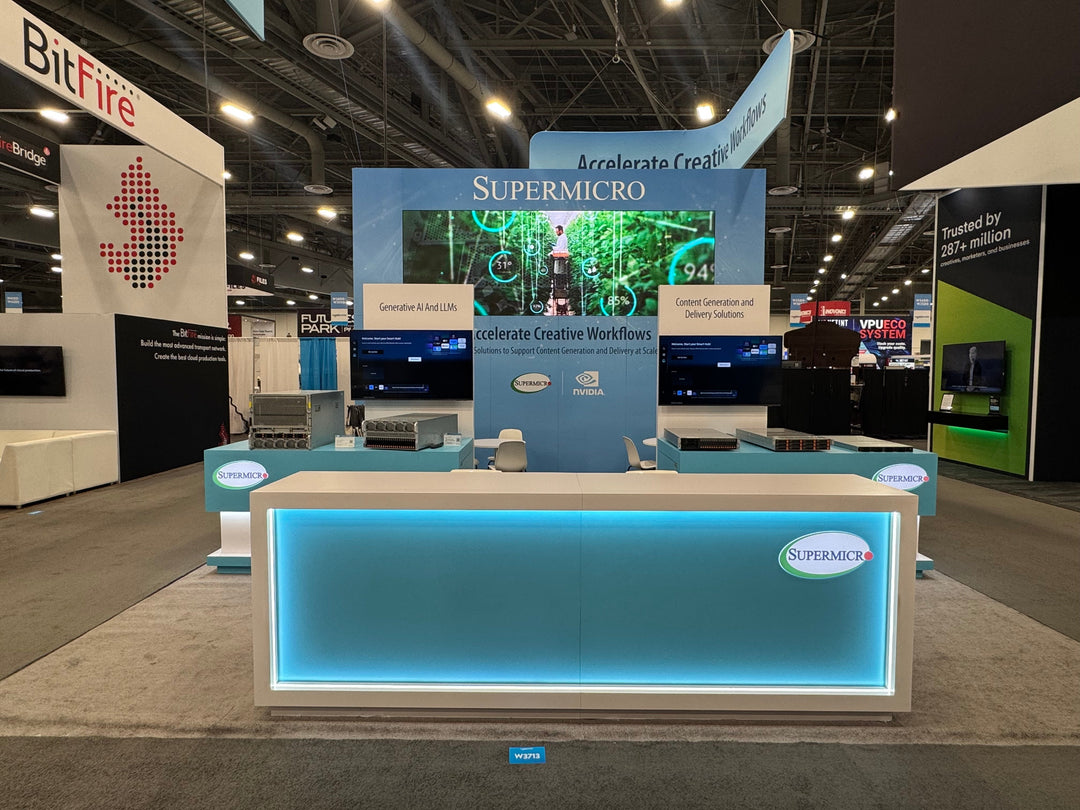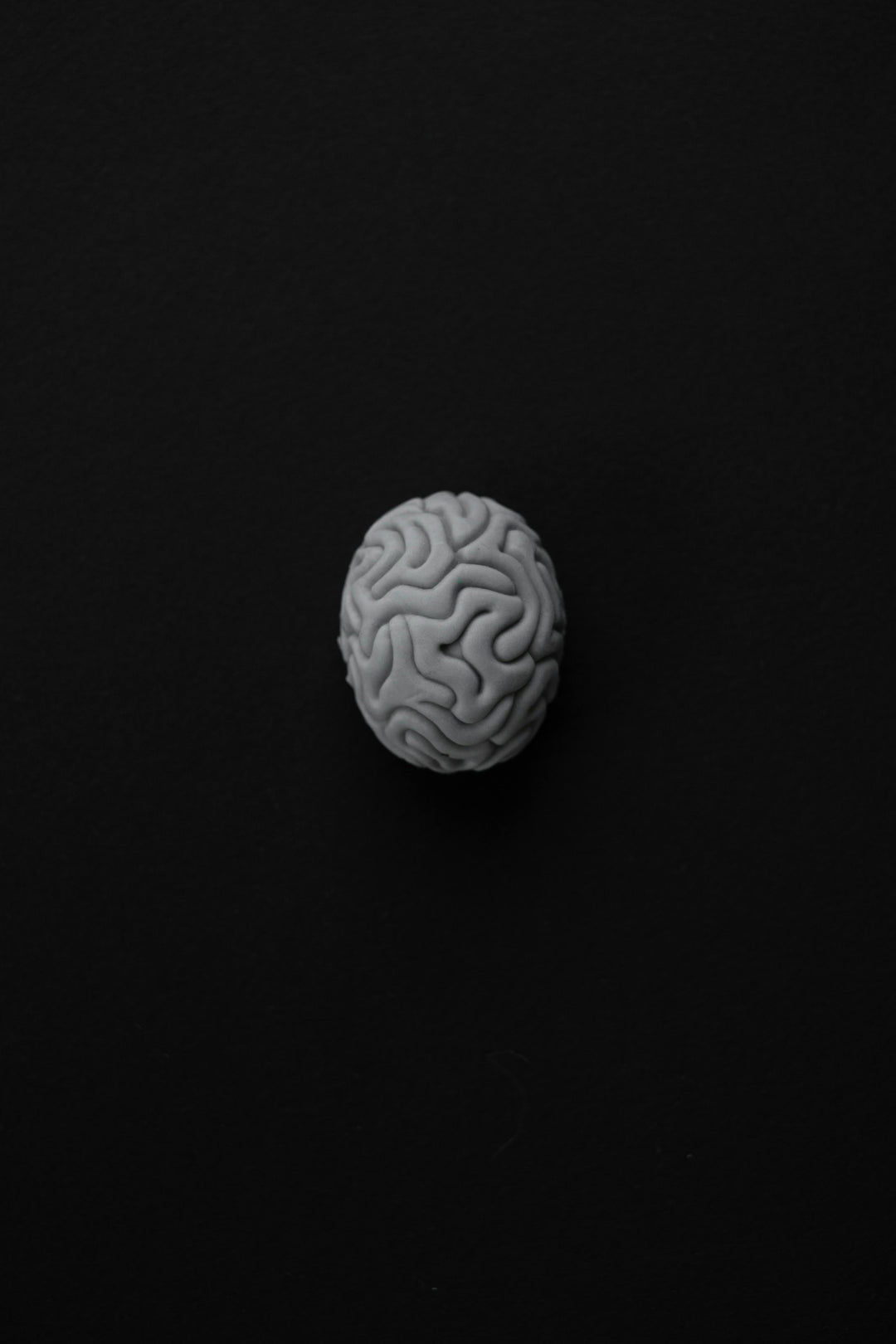Why Emotions Matter in Exhibit Design
Trade show booths aren’t just spaces—they’re experiences. While many exhibitors focus on logistics, branding, or functionality, there’s one element that often makes the difference between a forgettable booth and a magnetic one: emotional design.
Emotional design is the practice of shaping an environment to intentionally evoke specific feelings in your audience—trust, curiosity, comfort, excitement, or urgency. When applied effectively, it transforms your trade show exhibit from a physical structure into a powerful emotional journey that captivates visitors and drives engagement.
At KSM Exhibits, we specialize in not just building booths—but crafting environments that resonate with your audience on a deeper level. In this post, we’ll dive into how emotional design works, what principles drive it, and how your business can use it to gain a competitive edge at trade shows.
What Is Emotional Design?
Emotional design is a concept rooted in psychology and user experience (UX) theory. Originally popularized in product and interface design, it's now being integrated into physical spaces, including trade show exhibits. At its core, emotional design focuses on how an environment makes people feel, and how those feelings affect their behavior.
In trade show environments, emotional design might:
-
Use color psychology to create mood.
-
Implement sound, lighting, and scent to influence memory and comfort.
-
Employ spatial planning that guides attendees intuitively through a journey.
-
Leverage interactive or narrative-driven elements to build a connection.
Done right, emotional design builds trust, ignites excitement, and encourages action—whether that’s scanning a QR code, requesting a demo, or starting a sales conversation.
Why Emotional Design Is a Competitive Advantage
Most booths at a trade show compete on similar terms: flashy visuals, giveaways, and bold messaging. While these can attract attention, they often lack depth.
Emotion, on the other hand, is differentiating. It makes people pause, feel, and remember. According to a Forbes article on brand loyalty, customers with an emotional connection to a brand have a 306% higher lifetime value.
That kind of impact can begin at your trade show booth.
The Emotional Design Advantage:
-
Enhances brand memorability
-
Creates authentic connections
-
Boosts dwell time
-
Drives action (leads, demos, follow-ups)
-
Encourages word-of-mouth marketing
Key Principles of Emotional Design in Trade Show Booths
1. Aesthetic Harmony: Create Visual Comfort and Consistency
Emotions start with visual cues. Clashing colors, messy layouts, or harsh lighting can lead to unease. A calming, consistent, and professional aesthetic inspires trust.
KSM Tip: Align every element—from the flooring to hanging signage—to a clear visual language. Whether sleek and modern or rustic and earthy, stick to a unified aesthetic that matches your brand's emotional tone.
2. Sensory Engagement: Stimulate Without Overwhelming
Multisensory design deepens emotional engagement. However, balance is key.
-
Lighting can elevate moods—cool tones for focus, warm tones for comfort.
-
Soundscapes add ambiance, like subtle music that reflects your brand personality.
-
Scent marketing can evoke memory and identity (e.g., a citrus scent for freshness).
-
Textures (fabric, wood, metal) add tactile richness.
Example: A sustainable skincare brand might use soft lighting, natural scents, and recycled wood textures to evoke comfort and earth-consciousness.
3. Storytelling and Narrative Flow
Your booth should tell a story—not just in messaging, but in layout.
Start with curiosity. Invite people in with something intriguing (an unexpected visual, a motion-activated display).
Then guide. Walk them through a journey that mirrors your customer funnel—from awareness to conversion.
End with action. Give them a clear next step, like a QR code, product demo, or consultation signup.
KSM Tip: Use your spatial layout like a storyboard. We often divide our custom booths into emotional zones—such as curiosity, learning, trust-building, and closing.
4. Human Connection: Design for Empathy
People connect with people, not just products. Make your booth feel human-centered.
-
Include personal touches like staff bios or customer stories.
-
Train staff to engage with empathy, not just pitch.
-
Use seating areas or lounges to invite conversation.
A booth that feels welcoming over salesy earns emotional points fast.
Trends: How Top Brands Are Using Emotional Design in 2025
Here’s how industry leaders are tapping into emotional design:
Wellness Industry:
Booths mimic spa environments with soft lighting, calming visuals, and white noise. Visitors feel relaxed and open to trying new products.
Tech Startups:
Interactive experiences (VR demos, gamified touchscreens) generate excitement and a sense of innovation.
Luxury Brands:
Minimalist design with high-end materials (velvet, brushed gold) fosters a sense of exclusivity and prestige.
Eco-conscious Brands:
Natural materials, greenery, and earth-toned color palettes build trust and highlight authenticity.
KSM Exhibits integrates these cues seamlessly into each booth design, tailored to your brand’s unique emotional message.
Emotional Triggers to Consider in Your Booth Design
To design with purpose, ask: What do I want my audience to feel? Then, build the booth around that emotion.
|
Desired Emotion |
Design Cues |
|
Trust |
Consistent branding, clear messaging, testimonials |
|
Excitement |
Bold colors, interactive demos, fast-paced loops |
|
Curiosity |
Hidden reveals, AR exploration, “what’s inside?” elements |
|
Comfort |
Lounge seating, warm lighting, natural textures |
|
Inspiration |
Bold quotes, future-focused design, video storytelling |
Practical Tips for Implementing Emotional Design
-
Begin with Your Brand Voice
-
What are your core values?
-
What tone do you want to set—bold, nurturing, playful?
-
Use Emotional Storyboarding
-
Sketch the visitor journey through your booth.
-
Map how each area should feel and flow.
-
Layer the Senses Thoughtfully
-
Choose 2–3 sensory elements to highlight. Avoid overstimulation.
-
Choose Emotionally Intelligent Staff
-
People remember how they were treated. Train staff in empathy, listening, and non-verbal cues.
-
Create Photo Moments
-
Design an Instagram-worthy space that visitors will associate with a positive feeling.
-
Ask for Feedback
-
After each show, ask visitors and staff: “How did the booth make you feel?” Use insights to refine future designs.
Why KSM Exhibits Is Your Emotional Design Partner
At KSM Exhibits, we believe exhibit design is more than architecture—it’s storytelling. Our expert team takes time to understand your brand, audience, and emotional goals. We craft each booth with precision, intention, and creativity to ensure that it doesn’t just stand out visually—but resonates emotionally.
Whether you're looking to build trust with new leads, excite returning customers, or simply give your brand a human voice on the show floor, our design philosophy puts emotion front and center.
Final Thoughts: Emotion Drives Action
People may forget what you said—but they won’t forget how you made them feel.
That’s the power of emotional design in trade show booths. It’s not just about grabbing attention. It’s about leaving a lasting impression that builds relationships, loyalty, and ROI.
Ready to Create a Booth That Moves People?
Let’s design something unforgettable.
📞 Contact KSM Exhibits today.
Whether you're starting fresh or reimagining your current setup, we’ll help you craft an emotionally intelligent exhibit that converts visitors into loyal customers.





